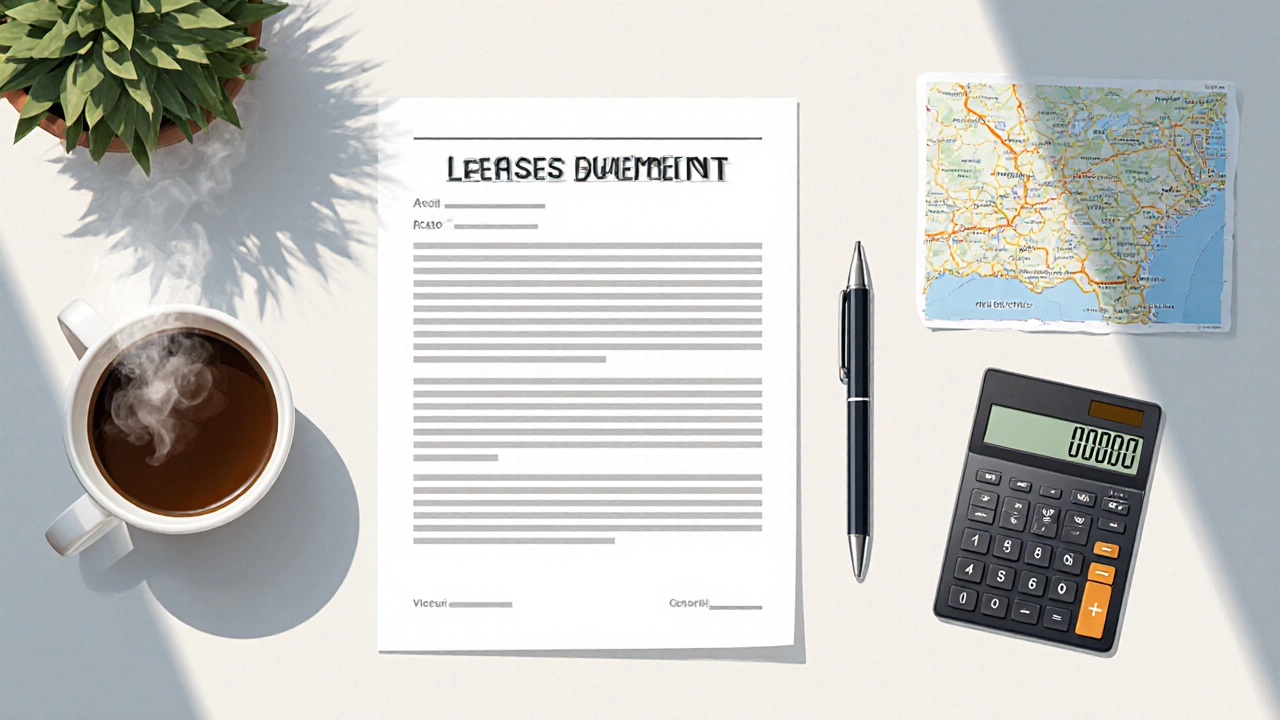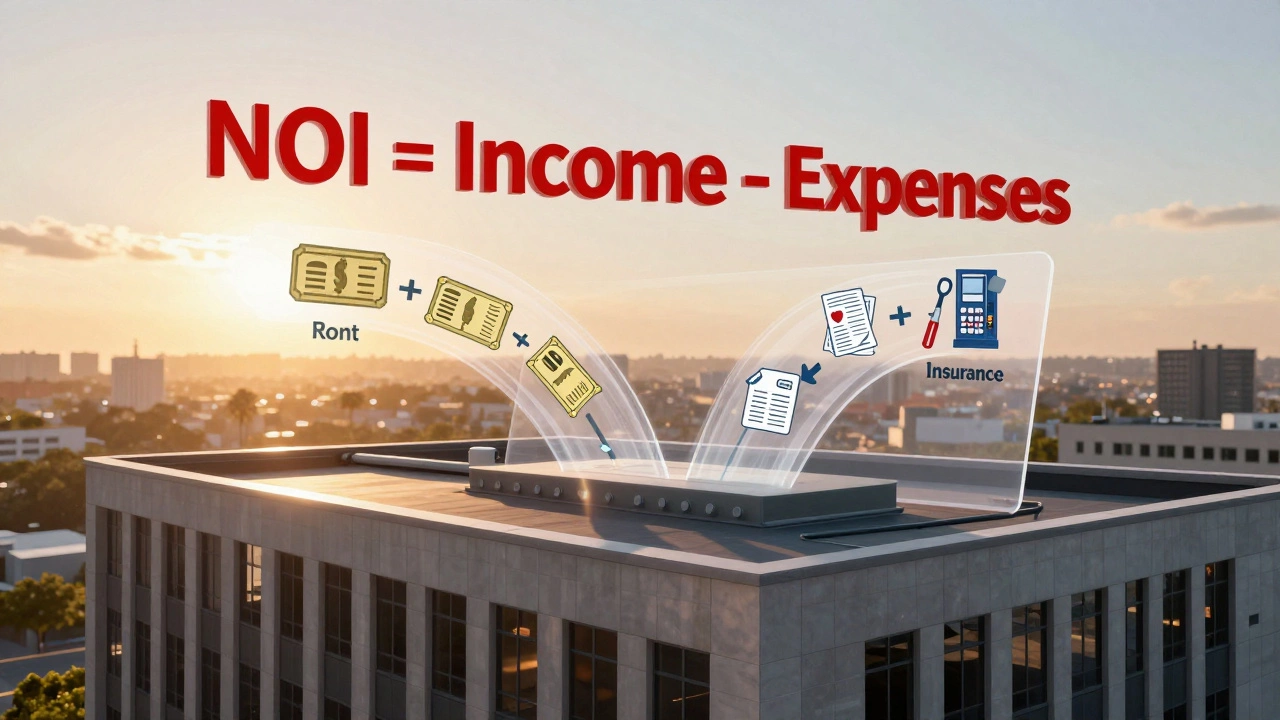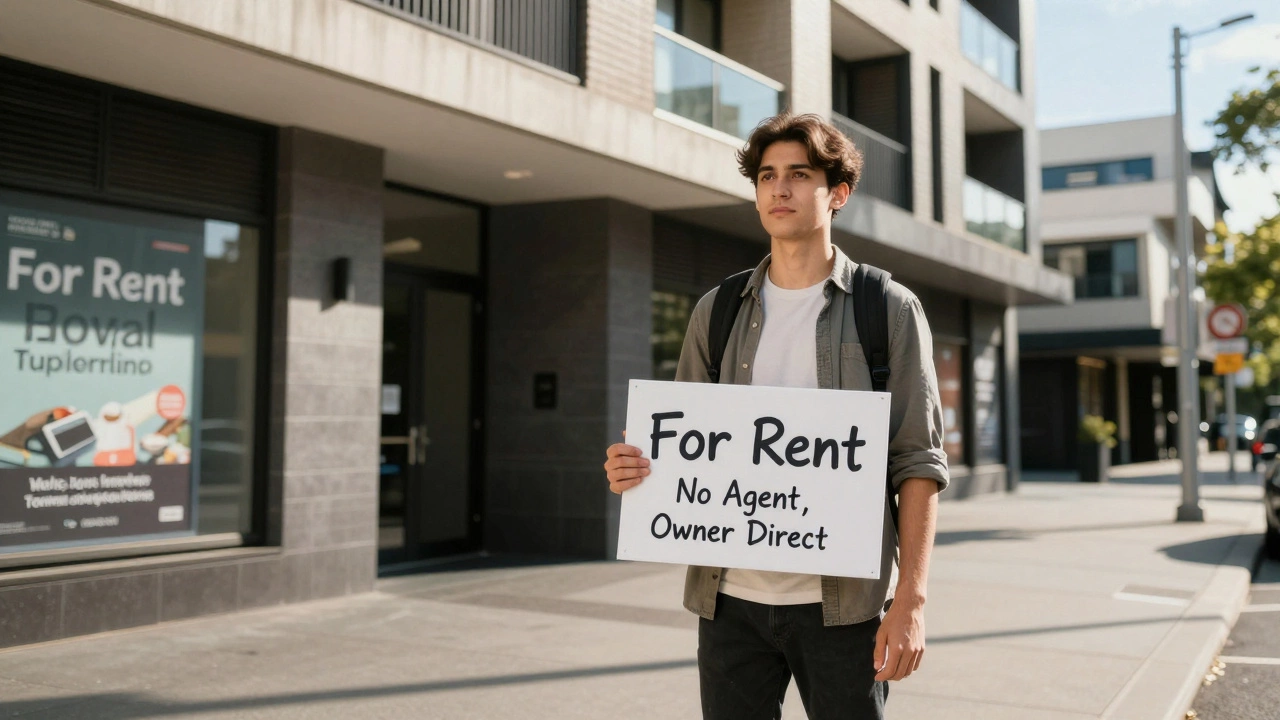Lease Termination Fees: What Tenants and Landlords Need to Know
When dealing with lease termination fees, charges applied when a rental agreement ends before the agreed date. Also known as early termination penalties, they can affect both tenants and landlords financially. Understanding these fees helps you plan an exit strategy without surprise costs.
A lease agreement, the contract that outlines rent, duration, and responsibilities is the backbone of any rental relationship. When that contract includes a month-to-month lease, a flexible arrangement that rolls over each month until either party gives notice, the rules around termination differ from a fixed‑term lease. For month‑to‑month arrangements, a typical 30‑day notice can avoid most penalties, but many landlords still tack on a fee to cover re‑letting costs. The fee often ties into the security deposit, money held to cover damages or unpaid rent. If you break the lease early, the landlord may deduct the termination fee from that deposit, leaving you with less returned cash.
Key Factors That Influence Lease Termination Costs
First, the length of the original lease matters. A 12‑month contract typically carries a higher early‑exit charge than a six‑month deal because the landlord foregoes more rent. Second, the local eviction process, the legal steps a landlord must follow to remove a tenant can shape fees. In regions where eviction takes 45‑70 days, landlords may set higher fees to offset the vacancy period. Third, state landlord entry laws, rules about when a landlord can enter a rental unit affect how quickly a property can be inspected and prepared for new renters. If entry is restricted, the landlord may need extra time and resources, which can be reflected in the termination fee.
Another piece of the puzzle is the rent increase limit, legal caps on how much rent can be raised during a lease term. Some jurisdictions allow a modest increase when a new tenant moves in, which can partially offset the loss from an early exit. Knowing the local limit helps you negotiate a lower termination fee, especially if you agree to a modest rent bump for the incoming renter. Also, many landlords offer a fee waiver if you help find a replacement tenant or if you give notice well beyond the required period. These negotiation points are worth exploring before signing any early‑termination clause.
From a financial standpoint, calculate the fee before you decide to move. Take the advertised fee, add any potential loss of your security deposit, and compare it to the cost of staying versus the cost of breaking the lease and finding a new place. Often, the total can be a few months' rent, but in high‑demand markets it might be higher. Tools like a simple spreadsheet can let you plug in your rent, deposit, and fee percentages to see the exact impact. If the number looks steep, ask the landlord if they’ll accept a smaller fee in exchange for a quicker re‑letting timeline or a higher rent for the new tenant.
All these variables—lease type, security deposit handling, eviction timelines, landlord entry rules, and rent increase caps—interact to shape what you’ll actually pay. By grasping each component, you can negotiate smarter, avoid unexpected deductions, and keep more cash in your pocket. Below you’ll find articles that dive deeper into each of these areas, from the legal basics of early lease exit to practical tips for minimizing costs during a move. Use them as a roadmap to protect your interests whether you’re the tenant planning a change or the landlord managing turnover.

Virginia Lease Break Costs: What You Need to Pay
Learn the true cost of breaking a lease in Virginia, from rent owed to security‑deposit penalties, and discover practical steps to lower fees or negotiate a settlement.




